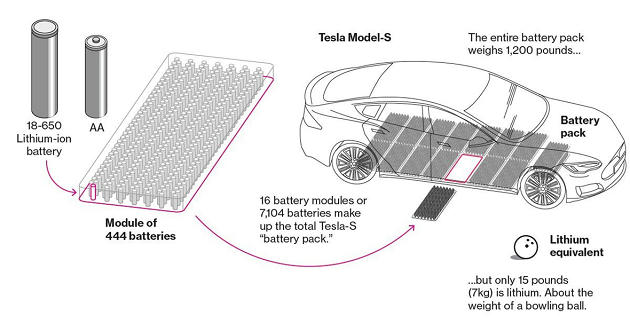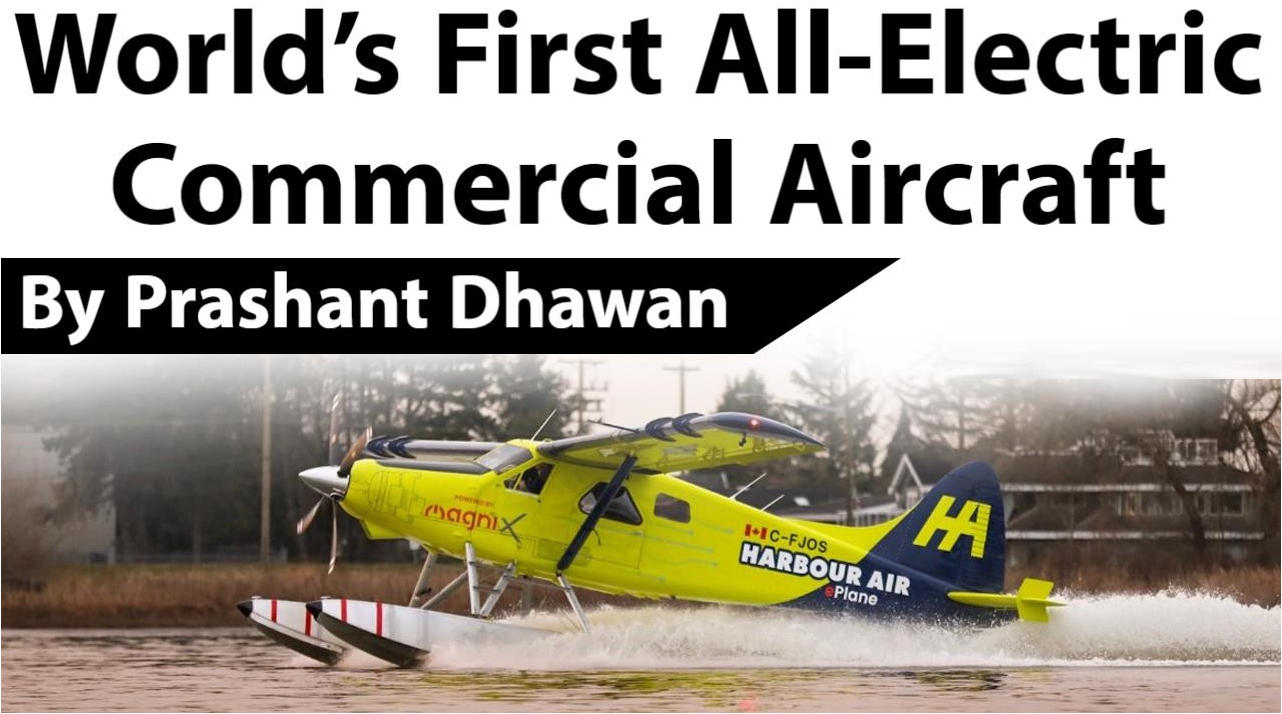Table of Contents
HISTORY MADE
- We have commercialised electric cars and buses to a large extent but an all electric plane was still nowhere to be found, until the December month of 2019
- The plane, operated by Harbour Air and MagniX, is a yellow-and-black six-seater de Havilland DHC-2 Beaver with a 750-horsepower (560 kW) Magni500 propulsion system. The short test flight took place on the Fraser River at Harbour Air Seaplanes terminal in Richmond, near Vancouver.

HOW DID IT WORK?
- An aircraft like the one flown by MagniX could only fly about 100 miles (160 km) on lithium battery power
- “The [flight] range now is not where we’d love it to be, but it’s enough to start the revolution,” said MagniX chief executive Roei Ganzarski
SAME CONCEPT AS ELECTRIC CAR

LITHIUM
- A chemical element with the symbol Li and atomic number 3.
- Lithium and its compounds have several industrial applications, including heat-resistant glass and ceramics, lithium grease lubricants, flux additives for iron, steel and aluminium production, lithium batteries, and lithium-ion batteries

E-PLANE FUTURE
- Harbour Air’s stated aim is to electrify most of its fleet by 2022, and the two companies described this week’s successful flight as the first step towards building the “world’s first all-electric commercial fleet”.
- The statement said: “This historic flight signifies the start of the third era in aviation — the electric age.”
WHY E-PLANES ARE IMPORTANT
- According to the International Air Transport Association (IATA), air transport contributes up to 2 per cent of global manmade carbon dioxide emissions. In 2017, civil aviation emitted about 859 million tonnes of carbon dioxide into the atmosphere.
IMPORTANCE
- Existing technologies cannot help the aviation industry make significant reductions in emissions — and this is where electric and hybrid-electric systems come in. But the technology is still some distance away from being used in long-distance air travel.
























 WhatsApp
WhatsApp